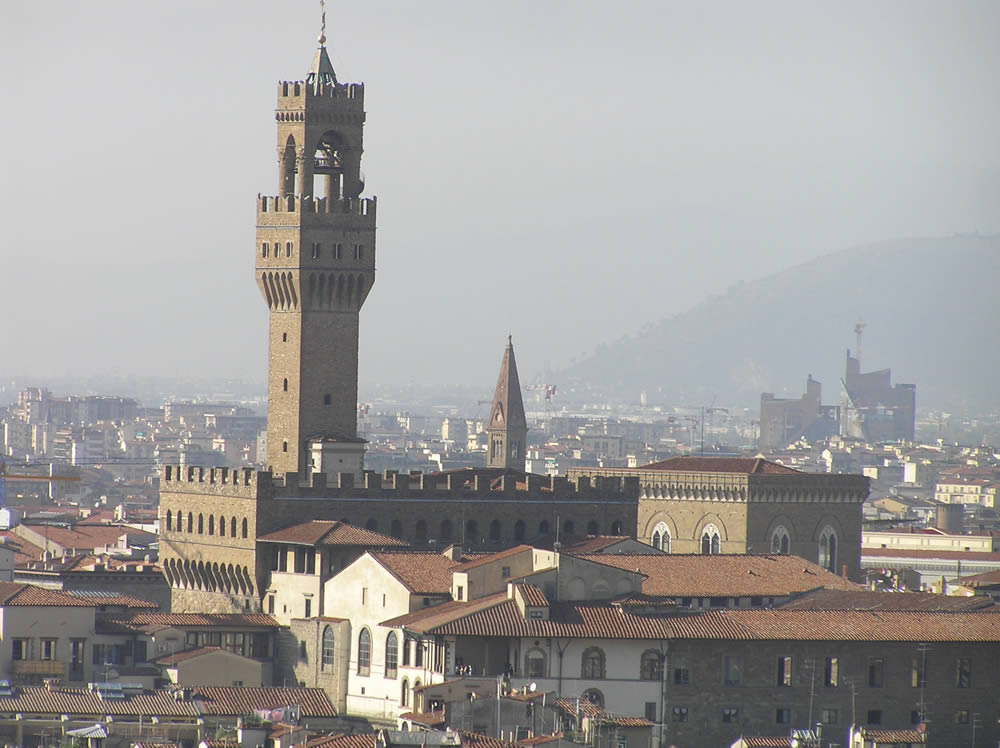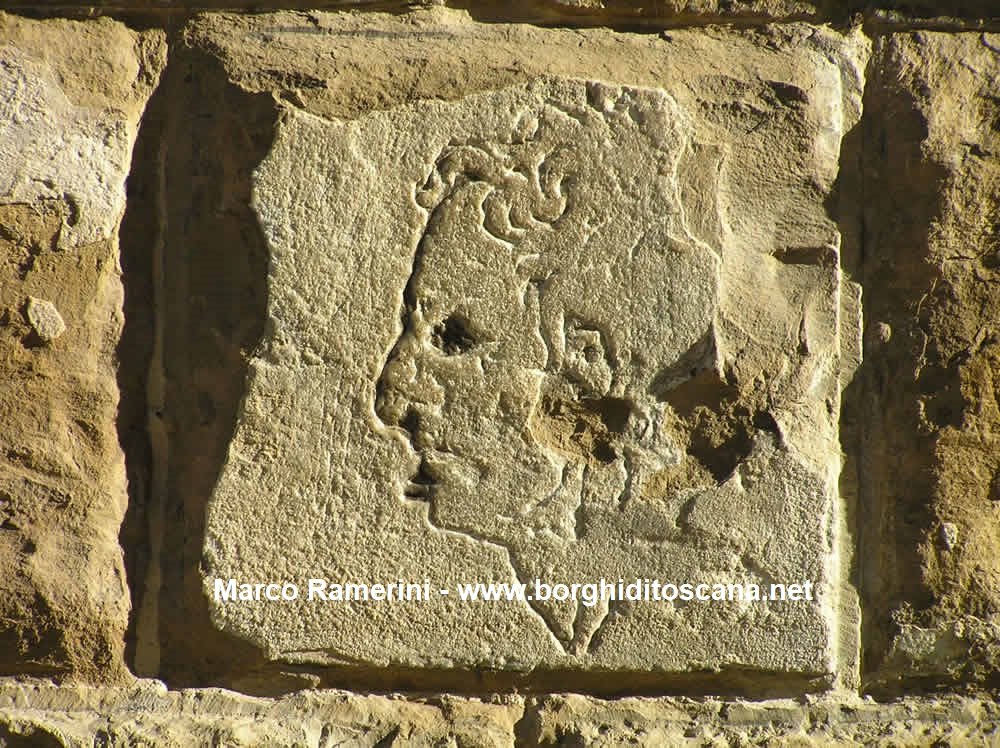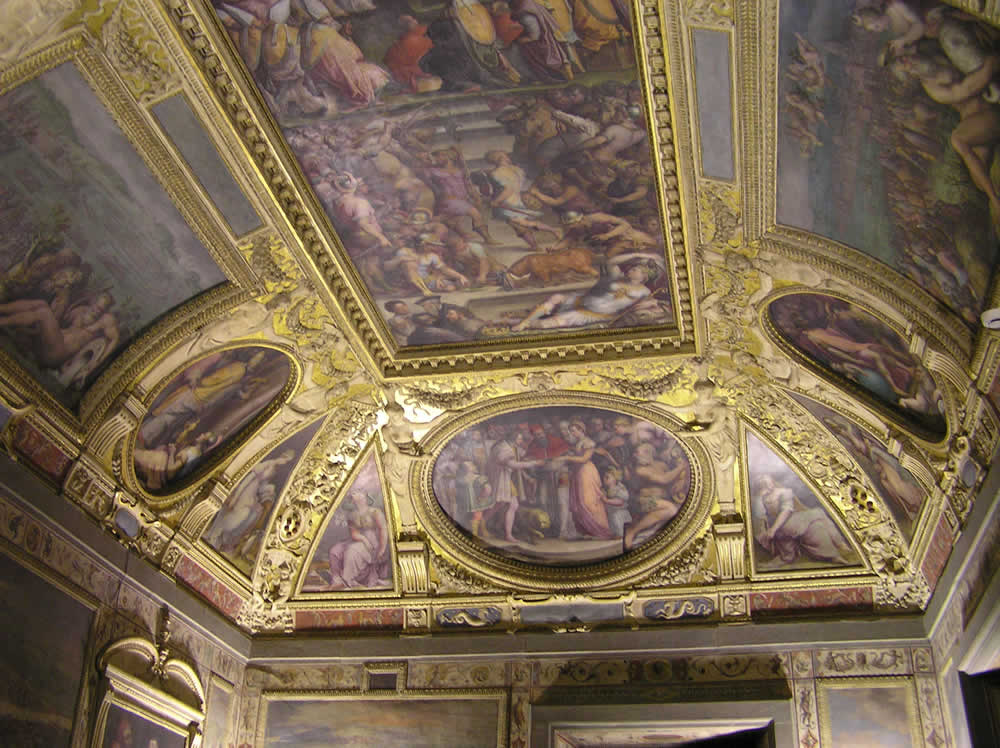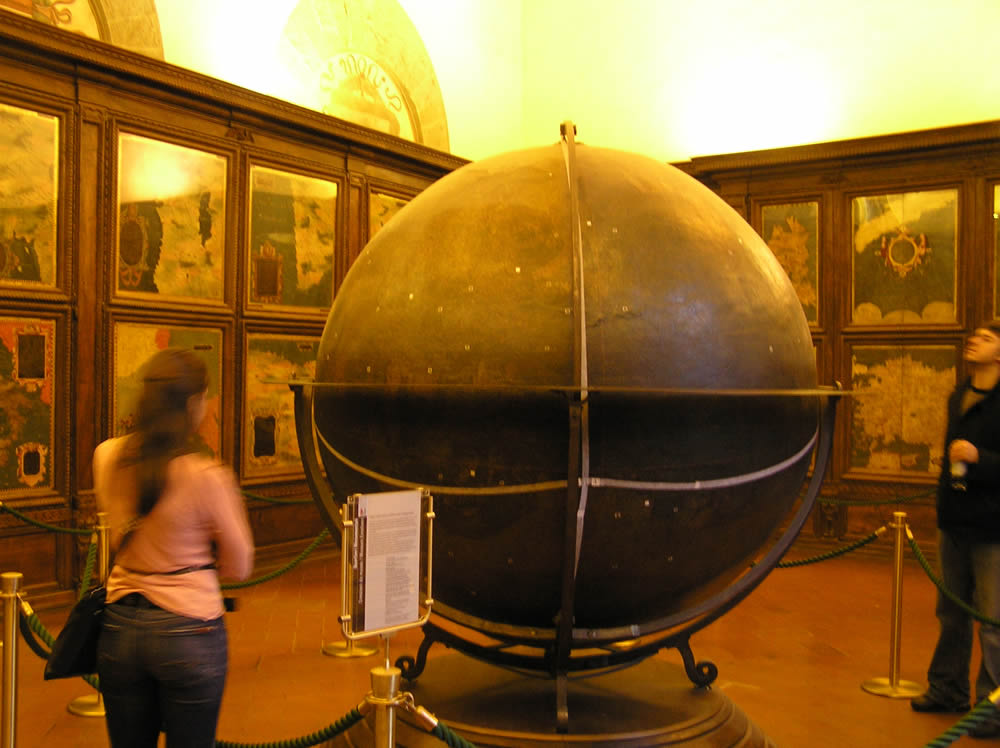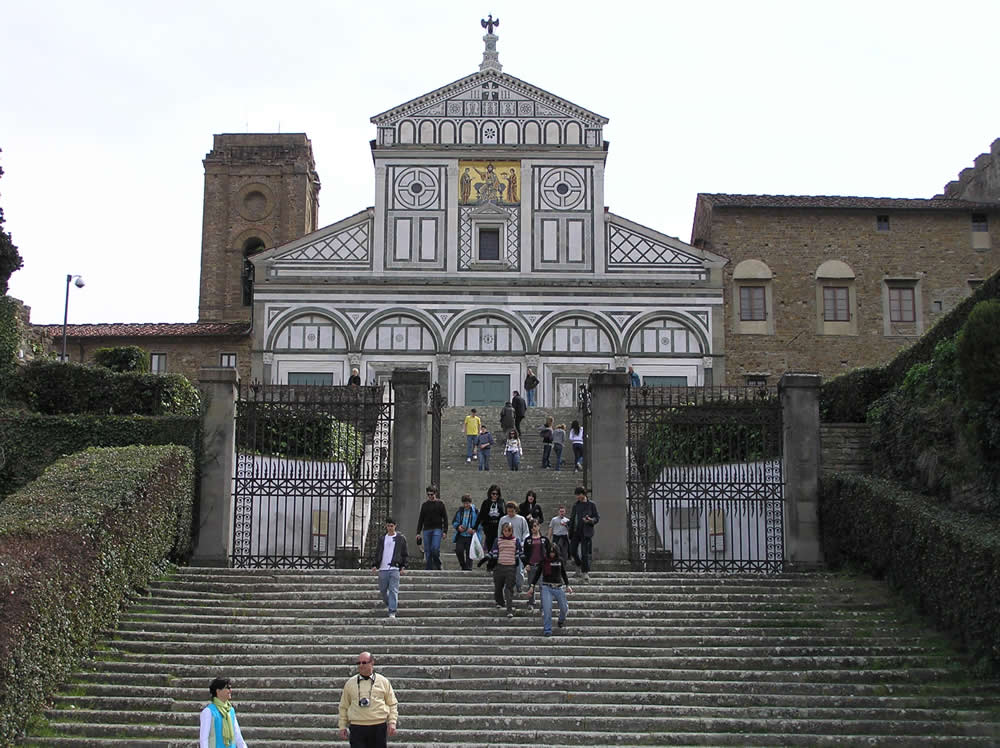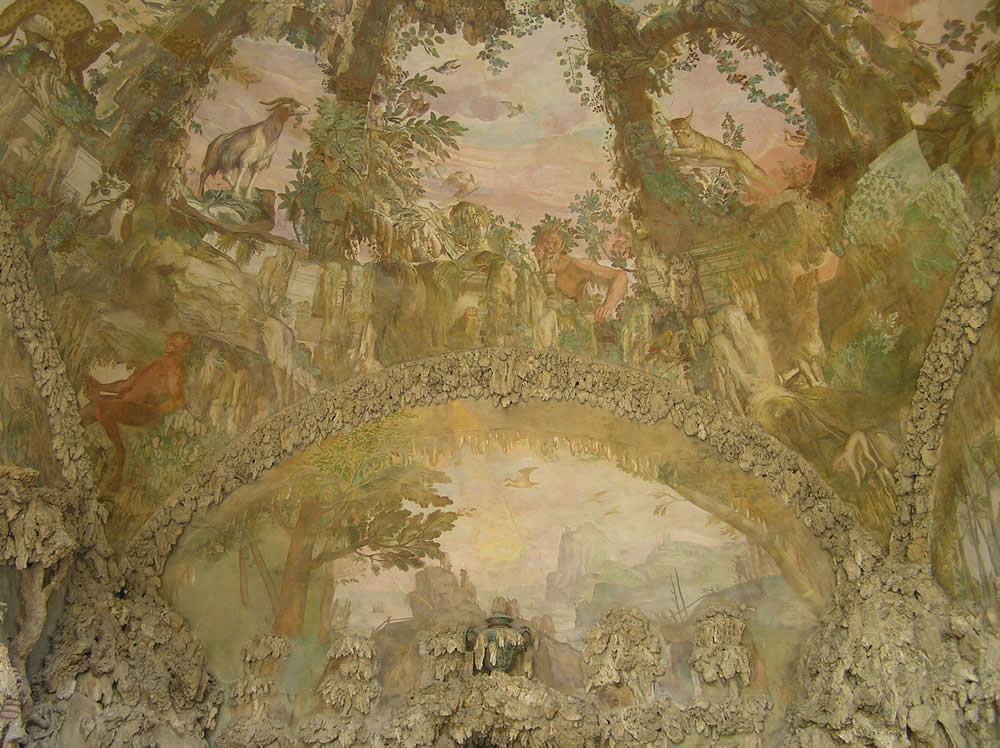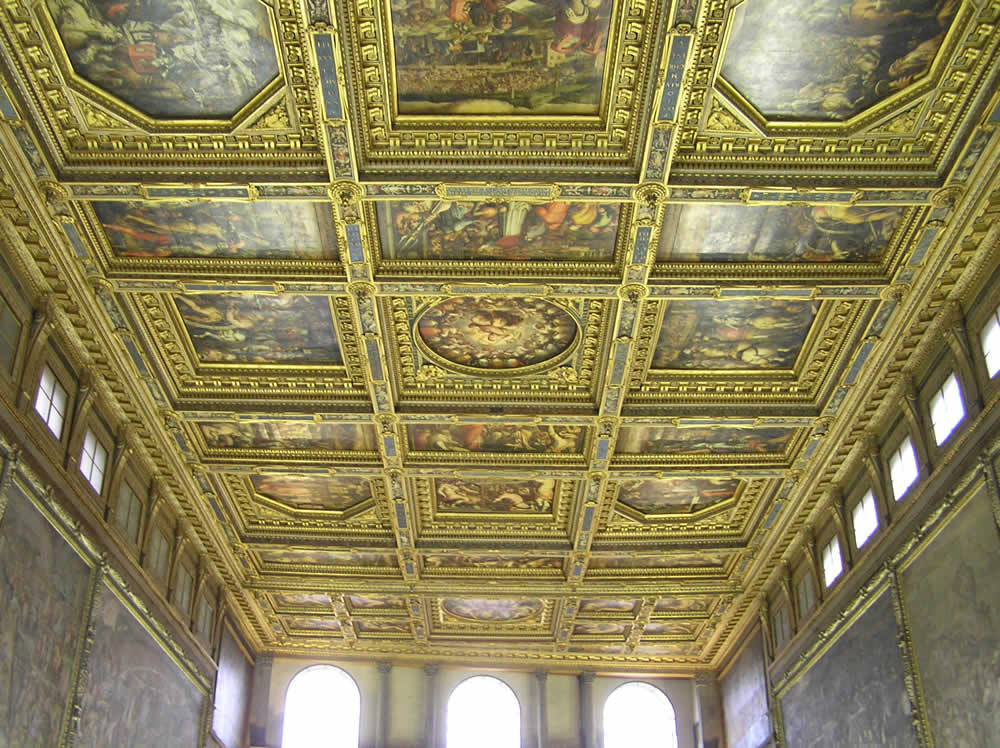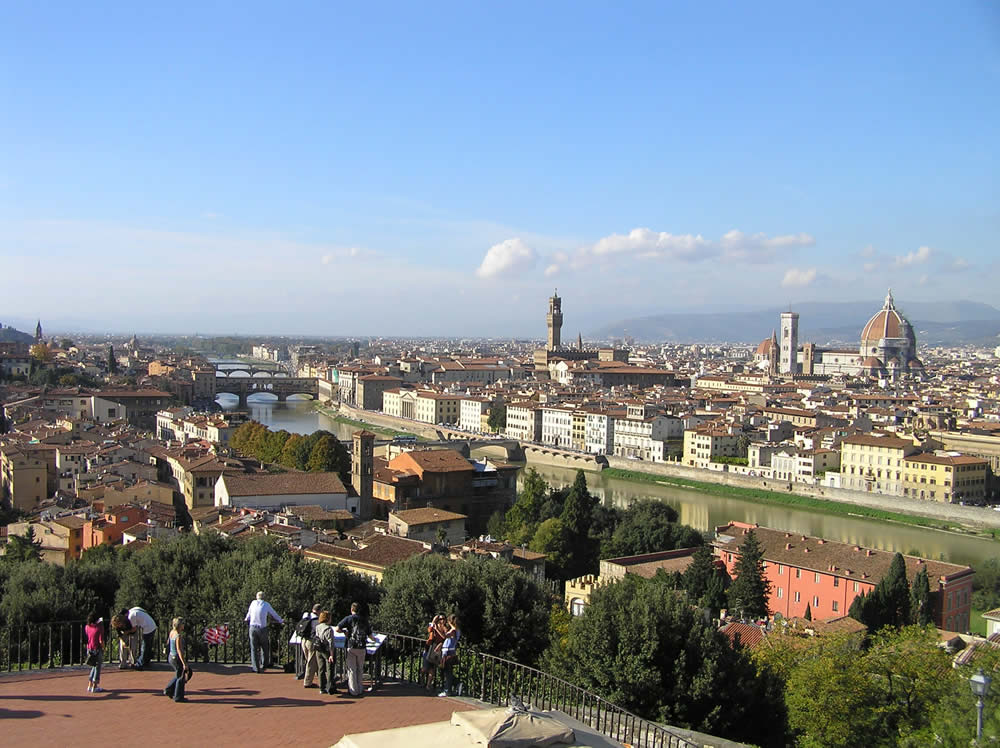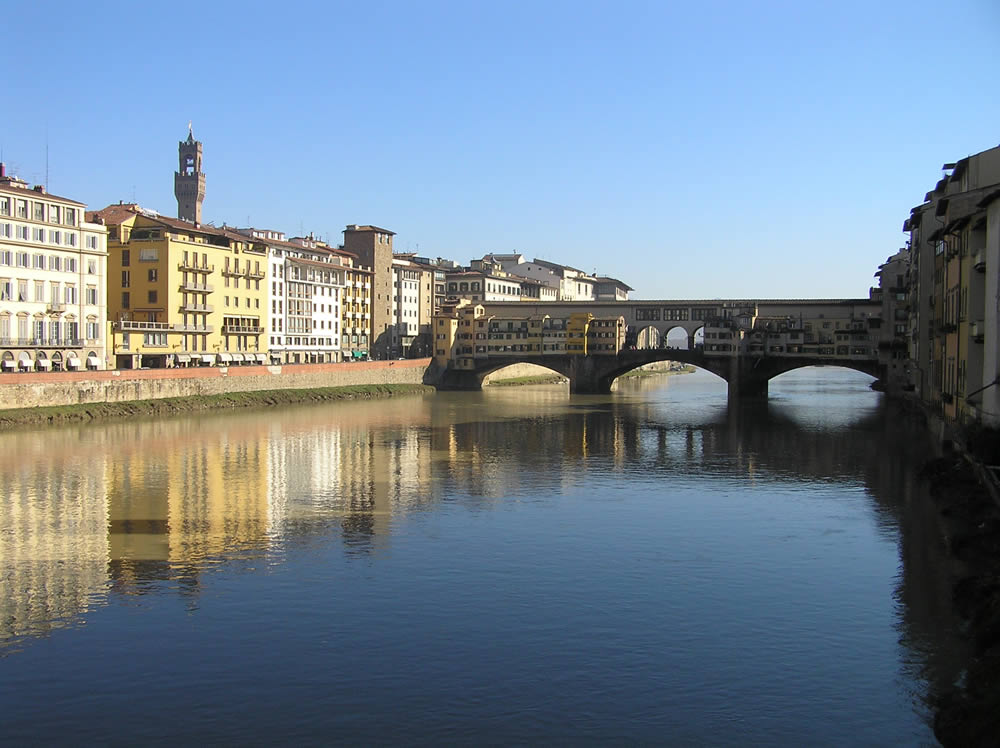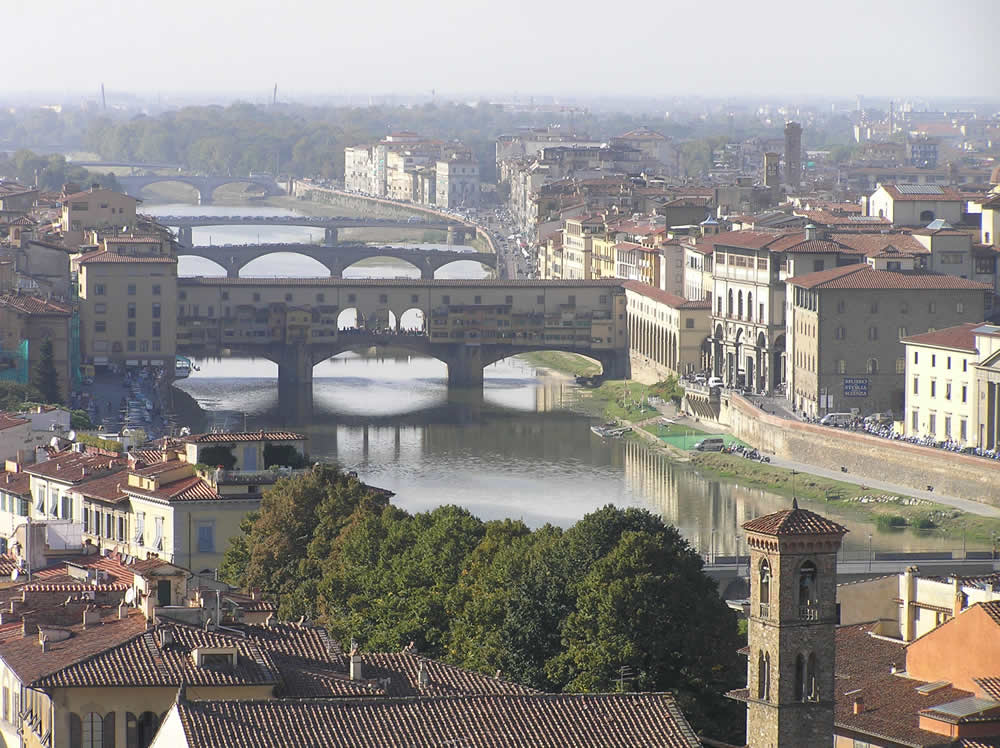One of the symbols of Florence, Palazzo Vecchio or Palazzo della Signoria was designed by Arnolfo di Cambio around 1299 as the residence of the Priors of the Arts, the palace was completed in 1314. The 94-meter-high tower of Palazzo Vecchio, called the tower of Arnolfo was built in 1310, together with the palace. It […]
